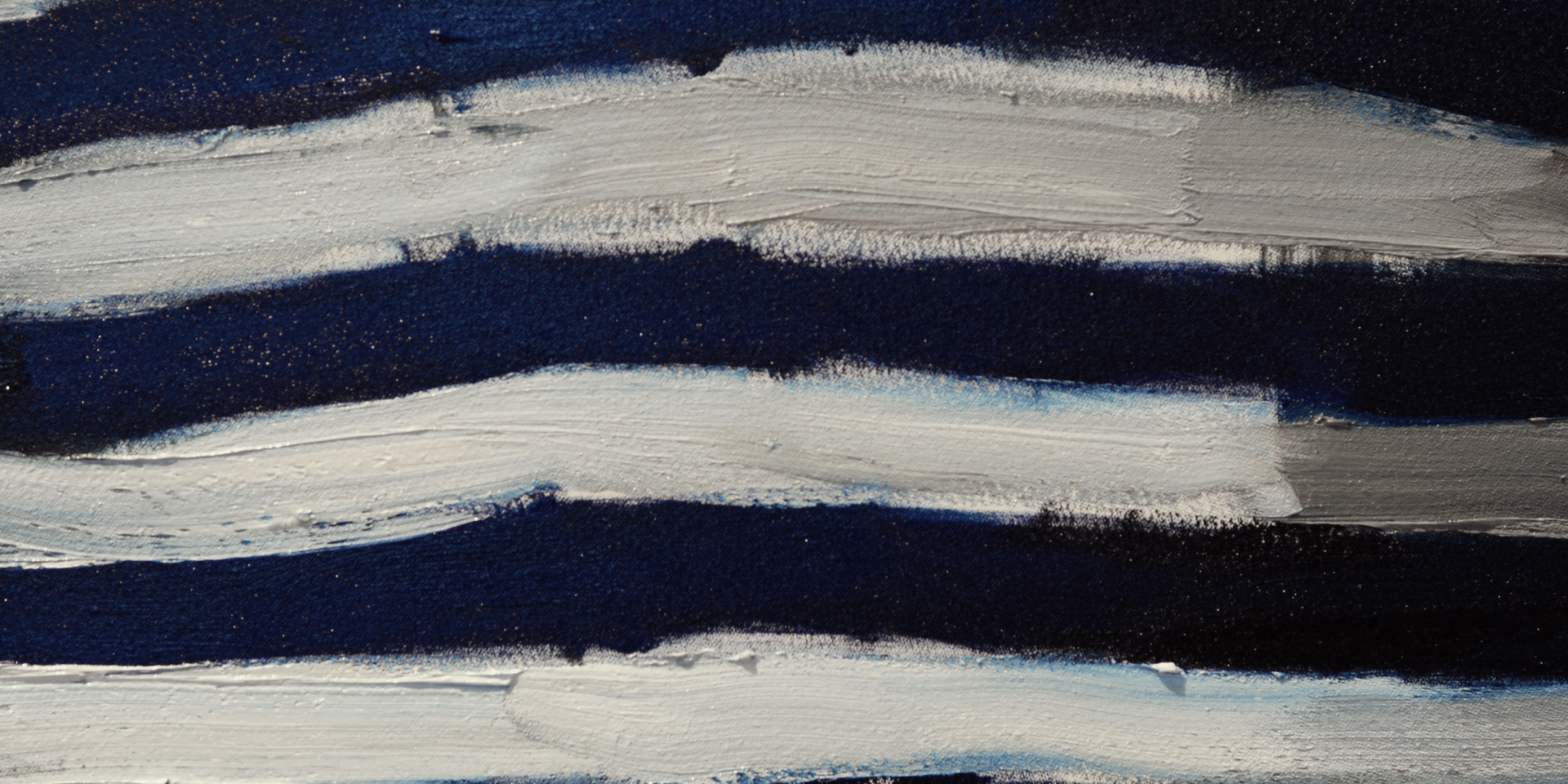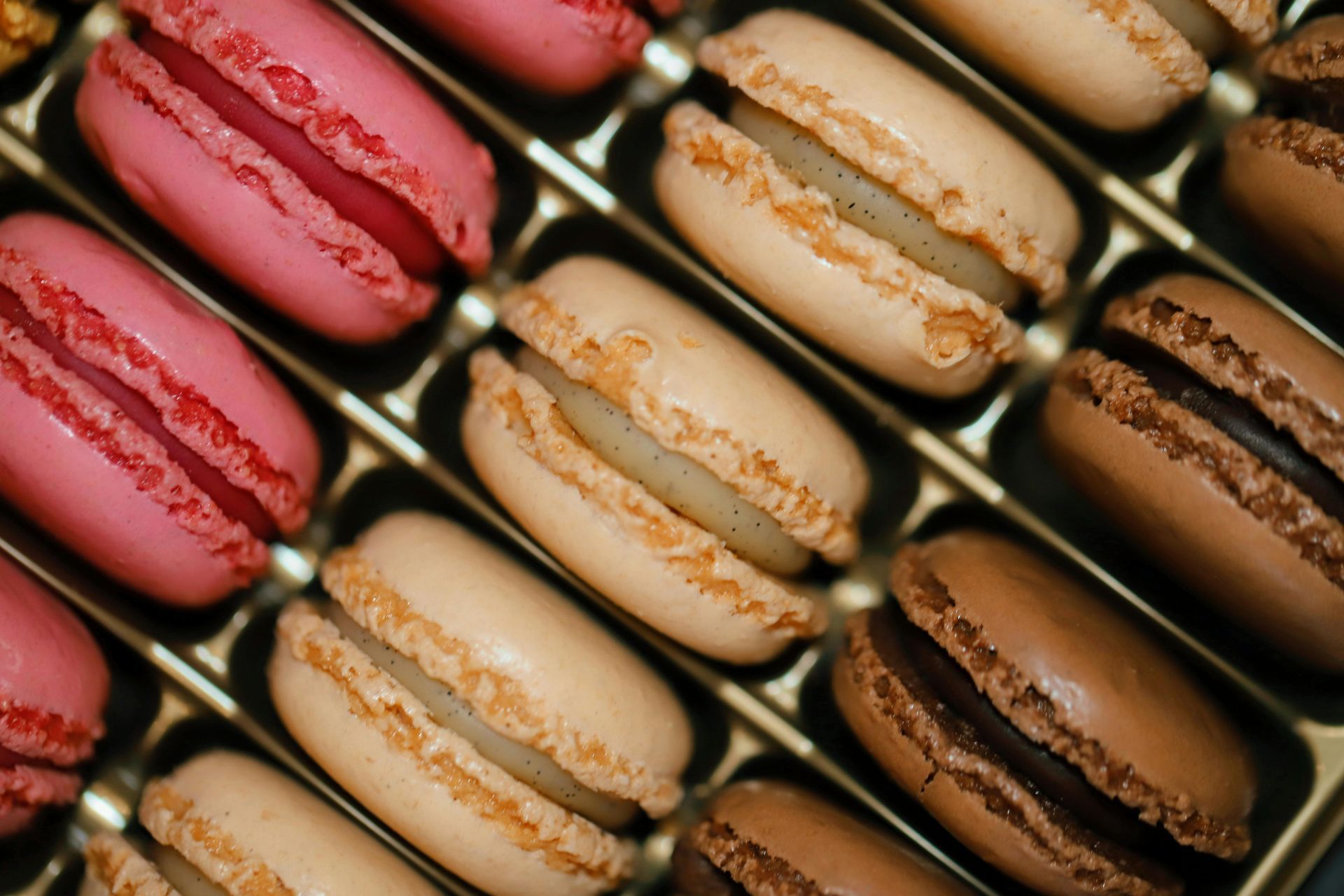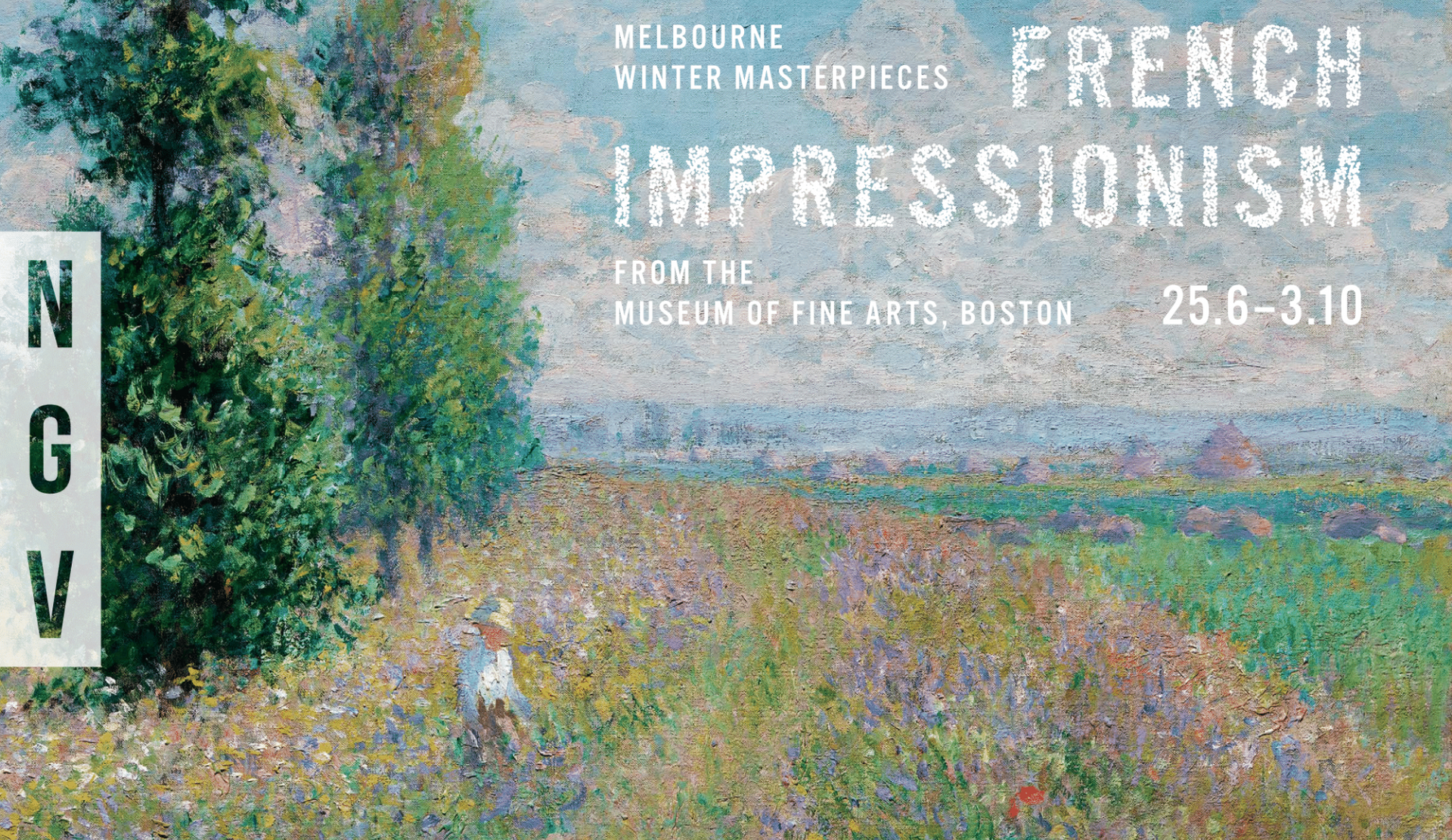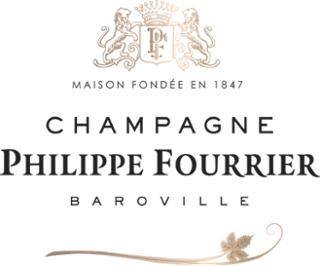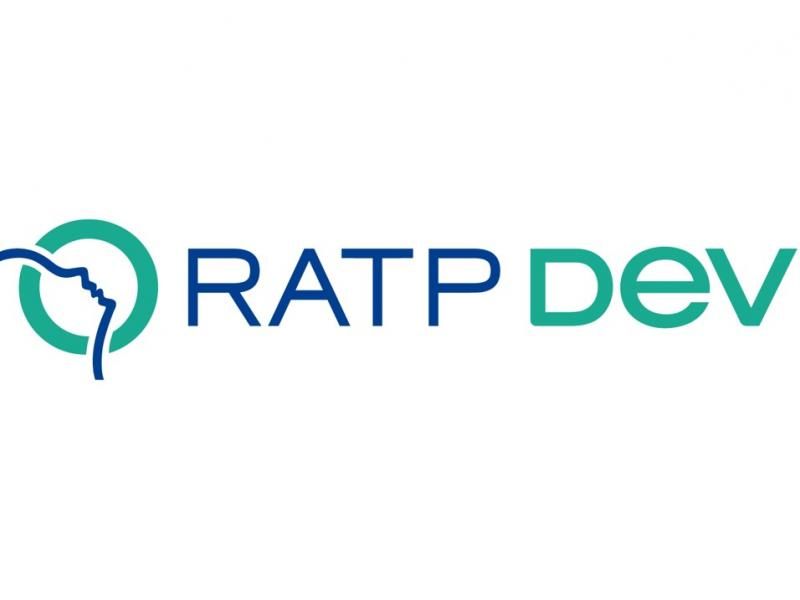Le Festival de Cannes
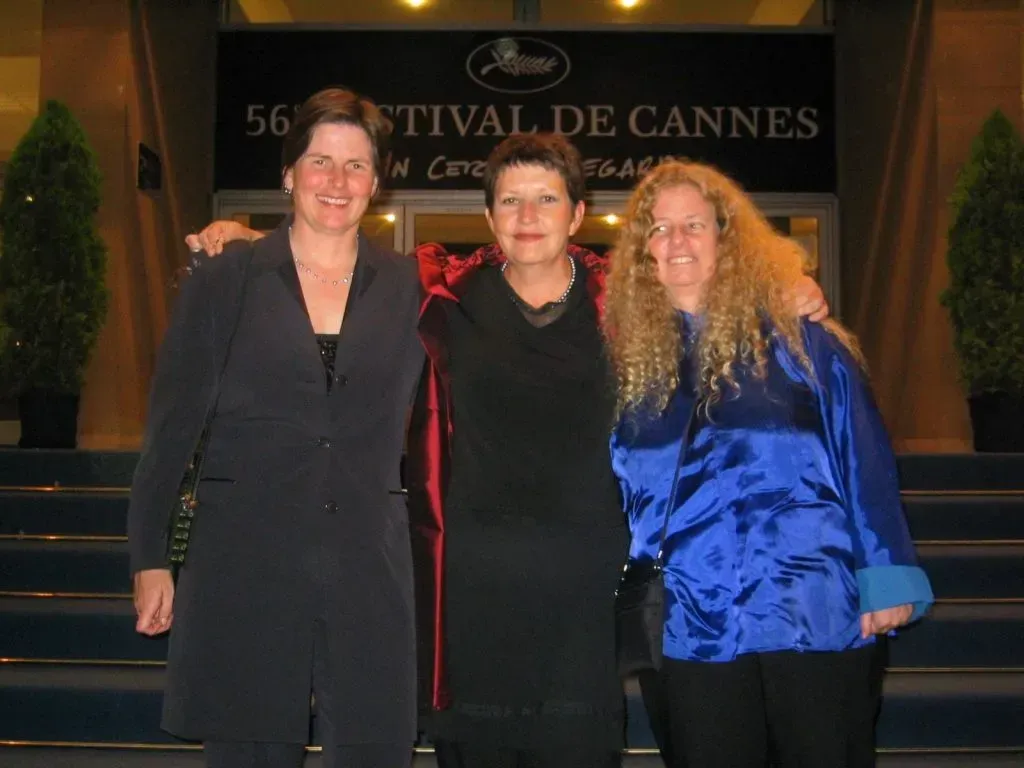
Photo of Sue Maslin (producer), Sue Brooks (director) and Alison Tilson (writer) – Photo by Sue Maslin
At the Bastille Day French Festival, we love cinema! We all enjoyed watching as many films as we could during the Alliance Française French Film Festival during March and April. Next, along with francophiles and cinema lovers around the world, we will turn our attention to the Cannes Film Festival, the most famous and prestigious film festival in the world. This year, the 76th Cannes film festival will be held from 16 – 27 May. Which film will be awarded the coveted Palme d’Or?
The first Cannes Film Festival was held in 1946, although the idea had first been suggested in the late 1930’s. Cannes was chosen to provide an alternative to the Venice film festival (because at that time Italy was under the control of the fascists). However, the planned event, scheduled for September 1939, had to be cancelled due to the outbreak of the Second World War. Since 1946, the Cannes Film Festival has been held every year except for 2020, when it was cancelled due to Covid.
The action takes place against the glamorous backdrop of the Riviera. Films are screened in the Palais des festivals et des Congrès, located on the iconic palm-lined La Croisette. The Palais is the location for the famed red carpet walks, as the stars arrive to be photographed, watched by crowds of admiring fans.
Films are presented either in competition or out of competition, and each year a jury is appointed to decide the winning films. From those chosen to compete in the Official Selection, the best film is awarded the prestigious Palme d’or. Some films are selected as part of the Un certain regard category, which recognises up and coming, young, innovative film makers. There are numerous award categories, including for short films and documentaries. In addition to the expected awards for best actor and best actress, best director and so on, did you know there is also the Palme Dog, for the best canine performance in a film! The Directors’ Fortnight – la Quinzaine des cinéastes – is one of the parallel sections, in which independent or avant-garde films are featured. (This year Quentin Tarantino will unveil his new film “The Movie Critic”.) The 2023 opening night film is Jeanne du Barry which will open in cinemas around France on the same night. It tells the story of the favourite mistress of Louis XV (played by Johnny Depp).
Meanwhile, the marché du film is also underway. A kind of giant trade fair for cinema industry, it is the place for networking, promoting and doing deals. Producers, directors, script writers, composers, and technical geniuses are all there spruiking their latest projects, while others are looking for a new and original idea which will become the next blockbuster.
Most of us observe the festival from afar. We read about the significant entries and winners, and are fascinated by the stars, their behaviour, the fashions on the red carpet. But what is it like to actually be there? The Bastille Day French Festival asked some of our friends ‘in the know’ for the expert’s and insider’s view of the festival.
Andrew McGregor is Senior Lecturer and Convenor of French Studies at the University of Melbourne.
Andrew McGregor Photo – Photo by Andrew McGregor
He has published extensively on French cinema. Andrew comments:
The Cannes Film Festival is without doubt the most famous and prestigious film festival in the world. It has been a key international showcase for Australian cinema for decades, especially since the revival of the local film industry in the early 1970s. Australians Cate Blanchett and George Miller have had the honour of presiding over the festival jury. I had the pleasure of attending the festival one year thanks to the then Director Gilles Jacob. The location is spectacularly French, and so are some of the parallel sections, but the Competition and the Film Market are well and truly international. Cannes prides itself on discovering the ‘next big thing’ in cinema from anywhere in the world. Jane Campion, Baz Luhrmann and Quentin Tarantino all had their big break at Cannes, along with many other directors from far and wide who would remain unknown today if it weren’t for the keen eye of the Competition and the career-affirming cinematic spectacle of la montée des marches…
Melbourne-based film producer Sue Maslin AO describes her insider’s view of the Festival:
I have attended Cannes Film Festival many times and experienced it in all of its glory, despair and wonder – from the bottom to the top! That is, from the bottom of the pile as one of more than two thousand filmmakers all desperately trying to get their films financed and seen, to the top of the stairs at the Palais des Festivals in front of a crowd of thousands with a world premiere of my film. From pounding the pavement up and down between meetings, to being driven 500 metres down that same the Croisette in a chauffeur driven limousine to arrive on the red carpet.
Cannes embodies the pinnacle of dreams – both realised and unrealised. It is also a market for buying and selling films from every country around the world – and that is where my journey began. My first trip to Cannes was utterly overwhelming. I was confronted with the scale of the international film business. More than twenty cinemas presenting a new film every two hours from morning to midnight … for ten days. Each one hoping to attract buyers. Literally thousands of scripts and films all crying out for attention. And there I was, armed with a beautiful script I believed in… hoping to cut through all the noise and find a buyer.
Meeting after meeting. Faint interest. No interest. “Send us the script and we’ll get back to you.” Queue up for two hours for tickets and dress up for an evening premiere and then once in the Palais, remember why you are here. French audiences LOVE cinema. And appreciate glamour and cheer stars and celebrate dreams come true. It is unbelievable to be part of a standing ovation that runs for ten minutes or more. Can people actually clap that long? At Cannes, yes, they do.
Fast forward three years and my film, Japanese Story (dir. Sue Brooks) starring Toni Collette was one of ten films officially invited to screen in Un Certain Regard and the red carpet experience unfolded. Endlessly flowing French champagne. Parties on super yachts under the sapphire blue night skies. Then the moment of truth – an advance screening to a roomful of world press and film critics – who are famous for walking out of screenings after a few minutes if they hate your film. In the packed preview screening of Japanese Story, a few seats were vacated and then the rest stayed. Silence at the end. No applause. Was the film going to be well received or not?
I need not have worried. The audience later that night voted with their astonishment, their delight and their resounding applause. The market also responded and the film sold to more than 30 countries. We had our moment…and then it was all over. It was back to the pavement next year and onto the next film…and the next!!
(Sue Maslin has had four feature films presented in the Cannes market – Japanese Story (2003), Irresistible (2006), Hunt Angels (2006) and The Dressmaker (2015).
Merci beaucoup to our two guest contributors!
You can find out lots more information and to keep up to date with all the news from Cannes on the official website: https://www.festival-cannes.com/
While you are waiting for winners to be announced, why not listen to Barbara Carlotti’s song about the festival, aptly named Cannes. https://www.youtube.com/watch?v=sYVJtA9IqNI
Pauline Georgelin
